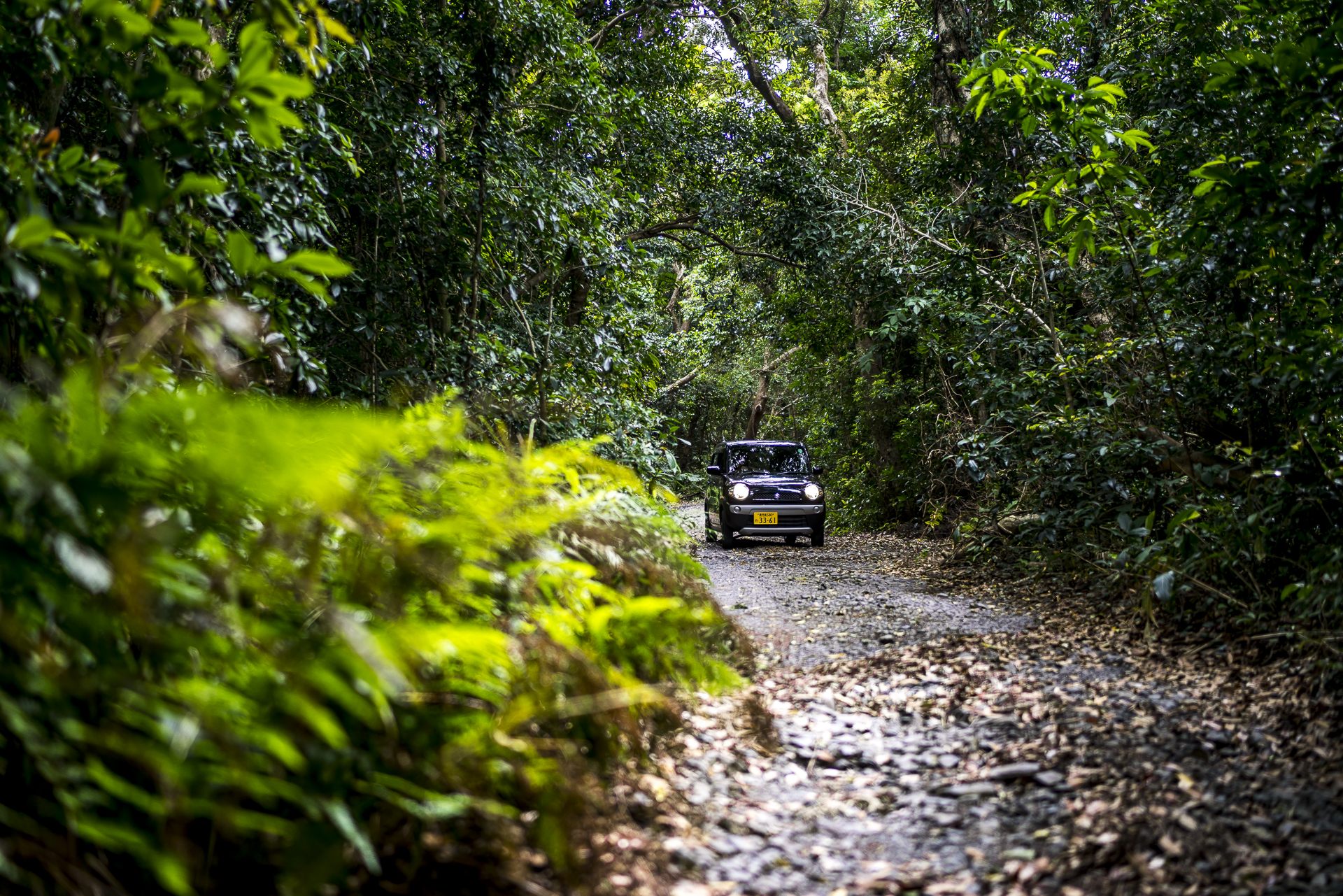
Japan insider tip: The green paradise on Yakushima
If you go on a journey, you have something to tell. My repertoire of travel anecdotes now includes some amusing stories. On our last Japan leg of our trip to Yakushima, another one was added. We almost landed on the wrong island. More on that later. To begin with, a few words about how I came up with the idea of traveling to Yakushima in the first place and why I presume to advertise it as an “insider tip”.
I had read for the first time about this green paradise in the New York Times article “52 Places to Go in 2017“, which was declared a World Heritage Site by UNESCO in 1993. And somehow this place stuck in the back of my mind. When we started our detailed route planning in autumn 2017, I provisionally planned two days for Yakushima at the end of our Japan journey. After I also found a very nice, inexpensive and well-rated accommodation on Booking, this part was done for me for the time being. In an emergency, I can “cancel”. that’s the motto.
Yakushima is part of the Nansei Islands, which stretch between Kyushu and Taiwan. Many travelers to Japan focus on the main island of Honshu – at least on the first tour. Yakushima, on the other hand, is located on the southern tip of Kyushu, the most southwestern of Japan’s main islands. This is off the beaten track and that’s exactly why Yakushima is an insider tip for all those who love lush green forests as much as I do and like to discover new things.
Where is this Yakushima and how do I get there?
Of course, I had looked on Google Maps in advance to see where this phenomenal island is located (as a geographer, I’m interested in that). At that time, however, I was not aware of the distances in their actual dimensions. Otherwise, I probably wouldn’t have postponed the detailed planning process to “later” in such a carefree way. Yakushima is located a good 670 kilometers (as the crow flies) including a good piece of the East China Sea from our second-to-last stop, Hiroshima. Luckily, Japan not only has very fast trains, but also lightning-fast ferries. So it is not so far-fetched to include a detour to Yakushima in the travel program even with a focus on the main island of Honshu.
Exactly two months before our stay on Yakushima, the hostess of our booked accommodation contacted me and asked if she could help us with the reservation of the ferry tickets and the rental car. I immediately gratefully accepted the first offer. There are three different ways to get to Yakushima by sea: With the fast Toppy hydrofoil ferry, which takes an incredible two hours for the Kagoshima – Yakushima route. With the Yaku 2 car ferry (four hours travel time) as well as the night ferry Hibiscus. The fastest connection is also the most expensive, with a ticket price of 15,000 yen (round trip, prices as of April 2018). But with our time budget, it was clear that this was the only sensible option. I transferred the ticket costs via PayPal to our hostess, who then reserved our ferry tickets. Since the website of the Toppy ferry only exists in Japanese, this was of course very practical.
Regarding the organization of a rental car, I struggled at first. Yakushima can be explored by bus. However, not all parts of the island are accessible by public transport and the car is much more flexible. In addition, the prices of the organized day tours (about 130 CHF per person) seemed to me to be relatively expensive compared to a rental car price of around 50 CHF per day. I had to reconsider the offer because I need a certified translation with my Swiss driver’s license in Japan. This can be made either by Switzerland via an agency or directly by the Japan Automobile Federation (JAF) in Japan. The JAF gives a time frame of 2 hours to a week for the production of a translation. No one could confirm that for sure. Nevertheless, I finally gave myself a jolt and let our hostess also reserve the rental car.
With my remaining pending time to take care of the translation, we had organized the most important cornerstones for our trip to Yakushima Island two months before our arrival: ferry tickets, accommodation and rental car.
Oops, wrong ferry caught!
Our arrival day to Yakushima starts in Hiroshima. We take the Shinkansen for 2.5 hours to the final stop Kagoshima-Chuo. Directly in front of the train station there are trams to the harbour (get off at the Izurodori stop), so we only have to walk a distance of about 500m. Alternatively, there is the option of taking a taxi. At the ferry terminal, I get our tickets via the numerical code at the counter and am reassured so far: It worked perfectly. We still have about an hour left until the departure of our ferry. It’s lunchtime, your stomach is rumbling – the ramen restaurant integrated into the ferry terminal comes in handy.
A good 20 minutes before the departure of our ferry, I observe how some people are heading towards the jetty with their luggage. “Do we want to go too?” I ask my friend. He nods, packs his bag and we march to the jetty as well. In front of the ferry, we present our tickets, which are scanned. On board, I show them again to a stewardess, who shows us to our seats. As soon as we have taken our seats, the ship’s engine starts and we cast off. «Huh?!» Our departure time is 1:20 p.m. Now it’s only 1:05 p.m. “Are we on the right ship?” The short inquiry with the stewardess confirms the queasy feeling. We mistakenly boarded the ship to the neighboring island of Tanegashima. How this could happen despite the scanning system is a mystery to us. But the crew doesn’t seem to like it either, because the captain makes a 180° turn and brings us back to the harbor. The associated announcement causes amusement among the Japanese traveling with me and my head color competes with any tomato. The lesson from history: Go to the jetty at the earliest ten minutes before departure and check the ship’s name.
On the second attempt, ten minutes later, we catch the right ship. Since the ferry travels at a speed of up to 80 km/h, we have to buckle up and stay seated during the trip. After almost two hours, we dock at the port of Miyanoura on Yakushima. Here a gentleman with a sign is waiting to guide us to our small compact rental car. This angular car shape is widespread in Japan and I find it totally funny that I am now allowed to jet around here for two days with such a “cart” at the end of our trip to Japan. With the rear seats folded forward, we bring our two large bags in without any problems and then head for our accommodation in the south of the island. 45 minutes later we reach the Blue Drop guesthouse, where hostess Yuki welcomes us warmly. The architectural style is a mix of Western and Japanese elements and the three guest rooms share a bathroom and shower. After a short look, the evening sun lures us outside again. We use the remaining time until dinner for a trip to the impressive Ohko-no-taki waterfalls in the west of the island. The coast of Yakushima reminds us of Kauai in the evening light. Green as far as the eye can see!
Later, we enjoy a light kaiseki dinner in our guesthouse with a huge portion of excellent sashimi – our own catch of the day, as Yuki confirms to us.
Geheimtipp Yakushima #1: Seibu Rindo Forest Path
The next morning we start early with the circumnavigation of the island. On the advice of our hostess, we first head for the Seibu Rindo Forest Path. This is the name of the section of road in the west of the island that runs through part of the Yakushima National Park. Public transport does not serve this route. The decision to rent a car proves to be the right one after just a few kilometres. We are early, there is no traffic and soon we see the first group of Japanese macaques, which have made themselves comfortable directly on the road. Nowhere else on Yakushima have we seen so many monkeys and deer as on the Seibu Rindo Forest Path. In addition, there is the adventurous – mostly single-lane – road layout and the great views over the densely green canopy of leaves to the sea coast. We need a good two hours for the route Hirauchi – Miyanoura this morning with numerous stops.
Insider Tip Yakushima #2: Hiking Happiness in Shiratani Unsuikyo Valley
Immediately afterwards we branch off to the left shortly after Miyanoura and drive uphill into the Shiratani Unsuikyo valley. Most of Yakushima is overgrown by an evergreen cedar forest, which offers wonderful hiking and trekking options. With two days, the time is unfortunately too short to trek across the forests. We therefore stick to the popular spots for day hikes – including Shiratani Unsuikyo Ravine. For an entrance fee of 500 yen per person, we will receive an overview map with the different trails. There are a total of three different long circuits to choose from, which are connected to each other. We first head for the Taikoiwa Rock Round Trip, which is the longest trail at 5.6 kilometers and leads to the highest point. The indicated hiking times are very generous. We start the hike shortly after 11 am. Considering the advanced time, there is a lot going on on the main route to the Taikoiwa Rock viewpoint at 1,050 m above sea level. Nevertheless, we make rapid progress and enjoy the view over the seemingly endless green for a short moment to ourselves. On the way back, we extend the trek by attaching both the Yayoisugi and Bugyosugi Cedar Course. On these two loops we only meet other hikers occasionally and enjoy the wonderful subjects that this enchanting forest offers. Like something out of a fairy tale.
Insider tip Yakushima #3: Admire gnarled tree giants
I had chosen the ferry times in such a way that we have a full 48 hours on Yakushima and thanks to the late return trip to Kagoshima there is still a hike on the second day. On the way to Yakusugi Land, we make a detour to the Senpiro-no-taki waterfalls. A short trail leads to a viewpoint with a view of the waterfalls a little further away. To get closer, you would have to follow the signposted Mocchomudake Mountain Trail. Almost more impressive than the Senpiro-no-taki waterfalls seems the view of the Toroki Falls, which we pass on the way there.
To reach Yakusugi Land, I have to meander uphill along a narrow serpentine road like the day before. Thankfully, there is hardly any oncoming traffic, so we make quick progress despite single-lane sections. Again, we pay 500 yen per person entrance fee and in return we get the overview map with the trails. There are four trails to choose from. The shortest loop is signposted as 30 minutes, the longest loop as 150 minutes. These times are calculated in a similarly positive way as in the Shiratani Unsuikyo Ravine. We need just under two hours for the longest loop and use the remaining time for a drive to the Kigensugi Cedar Tree, six kilometers away. Along the trails, numerous striking cedar trees are provided with information boards. With a proud 3,000 years under its belt, however, the gnarled Kigensugi is one of the Yakushima highlights that we don’t want to miss.
Yakushima für Foodies
Since Japan was very city-heavy for us with the exception of the detour to the Japanese Alps, I enjoyed these two days on Yakushima extraordinarily. The sound of the sea and seemingly endless fairytale forests. This island is really something very special and the culinary aspect is not neglected. Be it the excellent home cooking with home-caught fish in our guesthouse, or at star level in the Okas restaurant. I took the restaurant tip from a Japan travel report that was printed in the Migros magazine in November 2017. In this article, travel journalist Reto Wild also raves about Yakushima’s unique ecosystem and mentions the ingenious cuisine of the aforementioned restaurant.
Spontaneous as I am, I drive up to our accommodation at the Sankara Hotel & Spa on the way back from the hike and ask at the reception if there are still free tables for dinner at Okas. Obviously, it’s not often that external guests make their way to the hotel just for the restaurant – but I am served incredibly friendly and after a short wait they confirm a place for two people for dinner. I can underline what was said in the Migros Magazine! A top-of-the-range tasting menu that makes local products stars on the plate. The 10 course dinner cost us drinks included (homemade ginger ale for me, two local beers for the friend; Since the limit for driving is a maximum of 0.03g of alcohol in the blood – quasi zero tolerance – I prefer not to drink anything) the equivalent of just under 300 CHF. One hundred percent recommendation to go! By the way, the hotel and the associated infinity pool also look quite chic and if we didn’t have to divide our budget over six months, we would probably have treated ourselves to one or two nights here.
Practical tips for your stay in Yakushima
- We stayed at the Blue Drop guesthouse in the south of the island and paid 170 CHF for 2 nights with breakfast. Host Yuki is phenomenal and helpful in helping you plan your trip to Yakushima (ferry tickets/car rental etc.)
- Pension Blue Drop also offers a variety of dinner options upon request. We paid 5,200 yen for the kaiseki menu with self-caught fish on the first evening.
- The rental car (compact small car with automatic transmission) cost us 10’260 yen for 2 days. Yuki reserved it with a local car rental company who barely spoke English. But everything worked perfectly.
- In order to be allowed to drive in Japan, people with a driver’s license from Germany, Switzerland, France, Belgium, Monaco, Slovenia and Taiwan need a certified Japanese translation. An International Driver’s Permit is not sufficient. The reason for this is that the countries mentioned above do not issue their driving licenses according to the Geneva Convention of 1949, but according to the model of the Vienna Convention (more info).
- The translation can either be organised via an agency from Switzerland (around 80 CHF) or you can get it directly from the JAF in Japan (around 30 CHF). To do this, you have to go with a completed application form and the required cash amount of 3,000 yen to one of the JAF offices with translation service linked here (note – not all of them offer). I submitted the application to the JAF office in Tokyo and was able to pick up the translation after only two hours. However, JAF does not guarantee that the translation will be completed in two hours in any case. However, if you stop by in the morning shortly after the counter opens, the chances are good. It’s best to use one of your first days in Tokyo for this, so that there is some leeway in case of delays.
- In Japan, traffic drives on the left-hand side and usually 40 km/h is driven in built-up areas. In Yakushima, the fastest signposted speed limit was 50 km/h.
- It is recommended to reserve the ferry tickets with the Toppy in advance. On our way there were still a lot of free seats on the ferry. On the way back, it was filled to capacity. It’s best to ask your accommodation for help.
- You can find a lot of tips and information about the island on the website of the tour operator Yes Yakushima.
- One of the “must dos” on Yakushima is actually a bath in one of the numerous hot onsen baths by the sea. Unfortunately, we didn’t have enough time for that.
- Right next to Yakushima Airport is the friendly Pizzeria il Mare (for those who are looking for a change from Japanese cuisine).



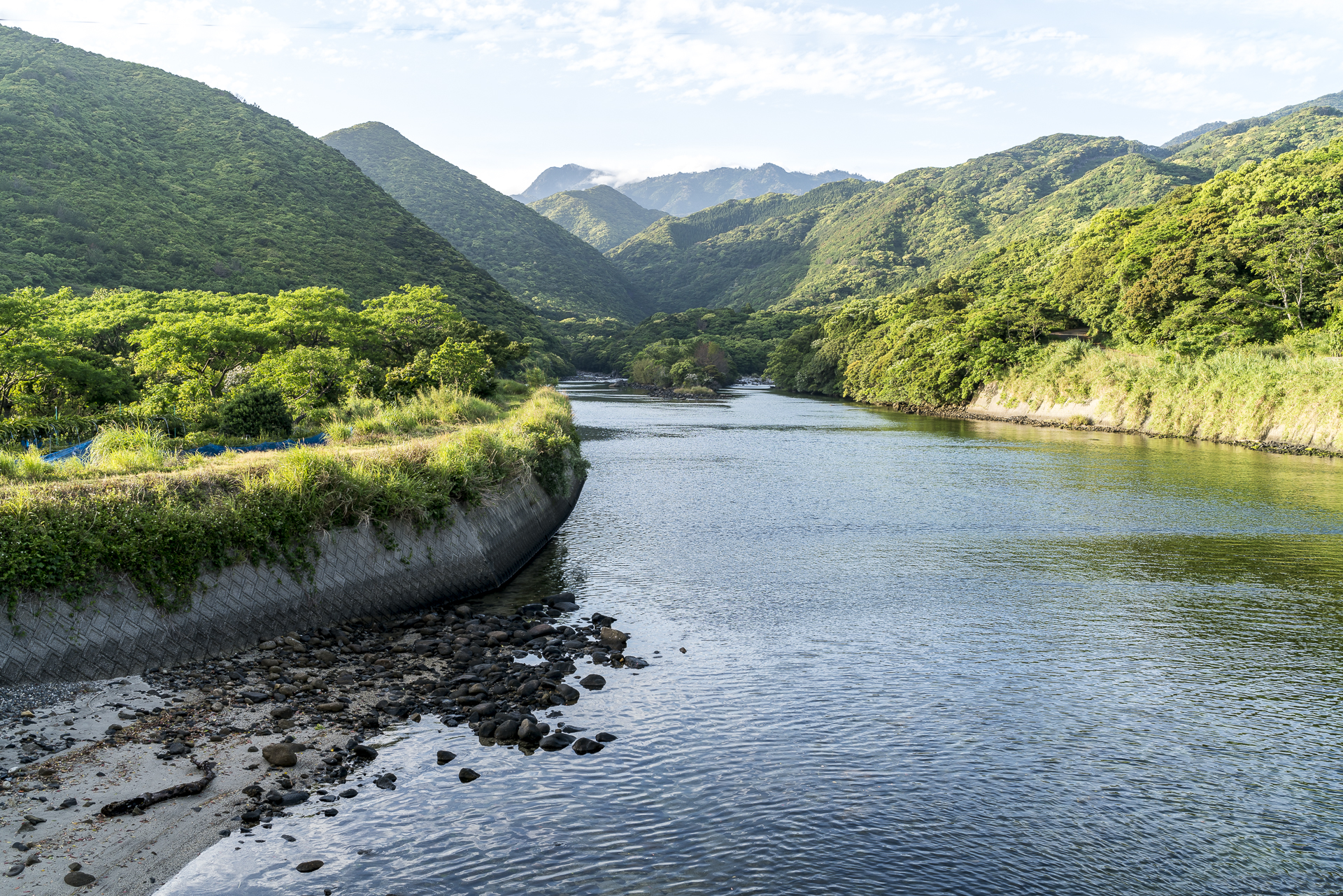
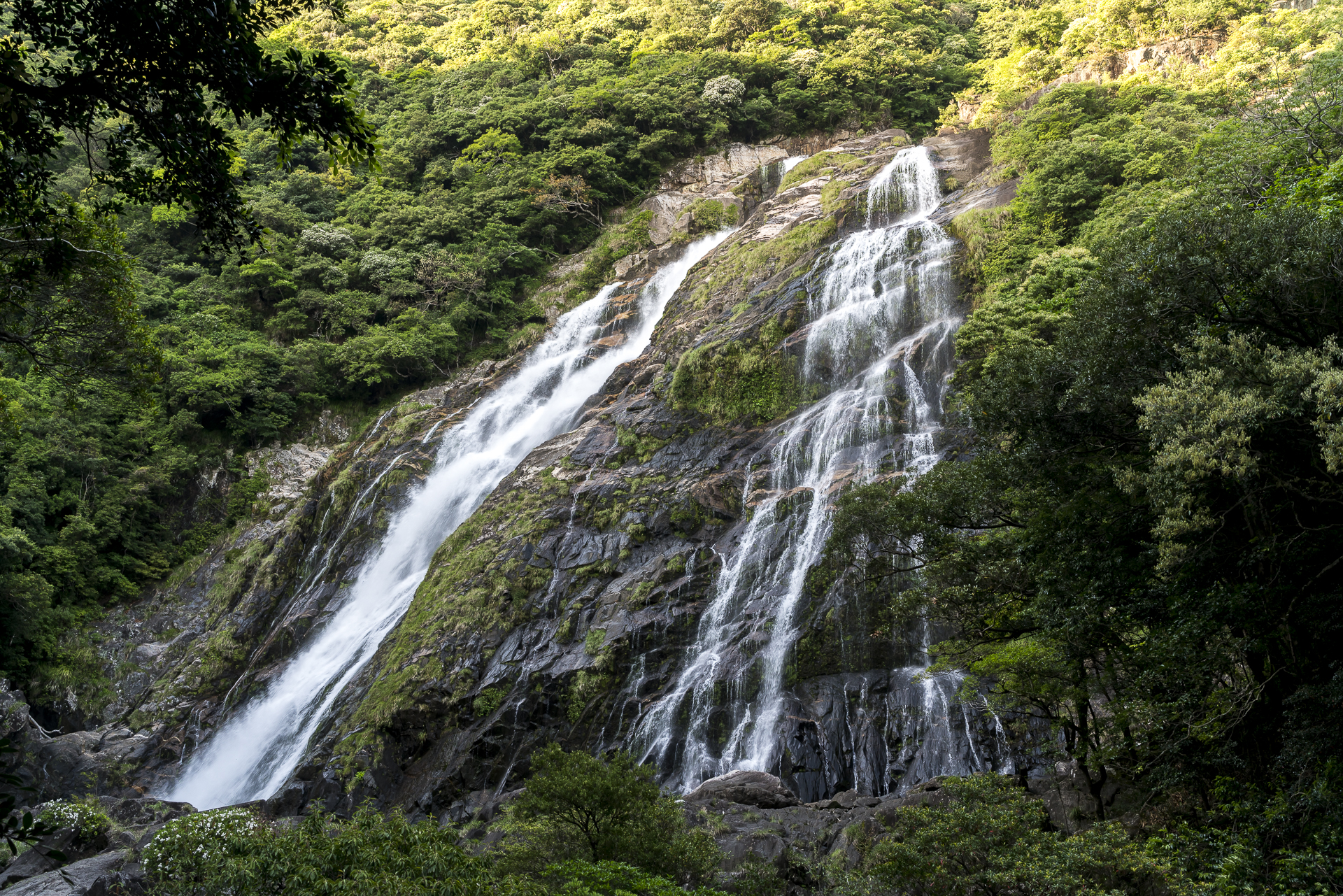
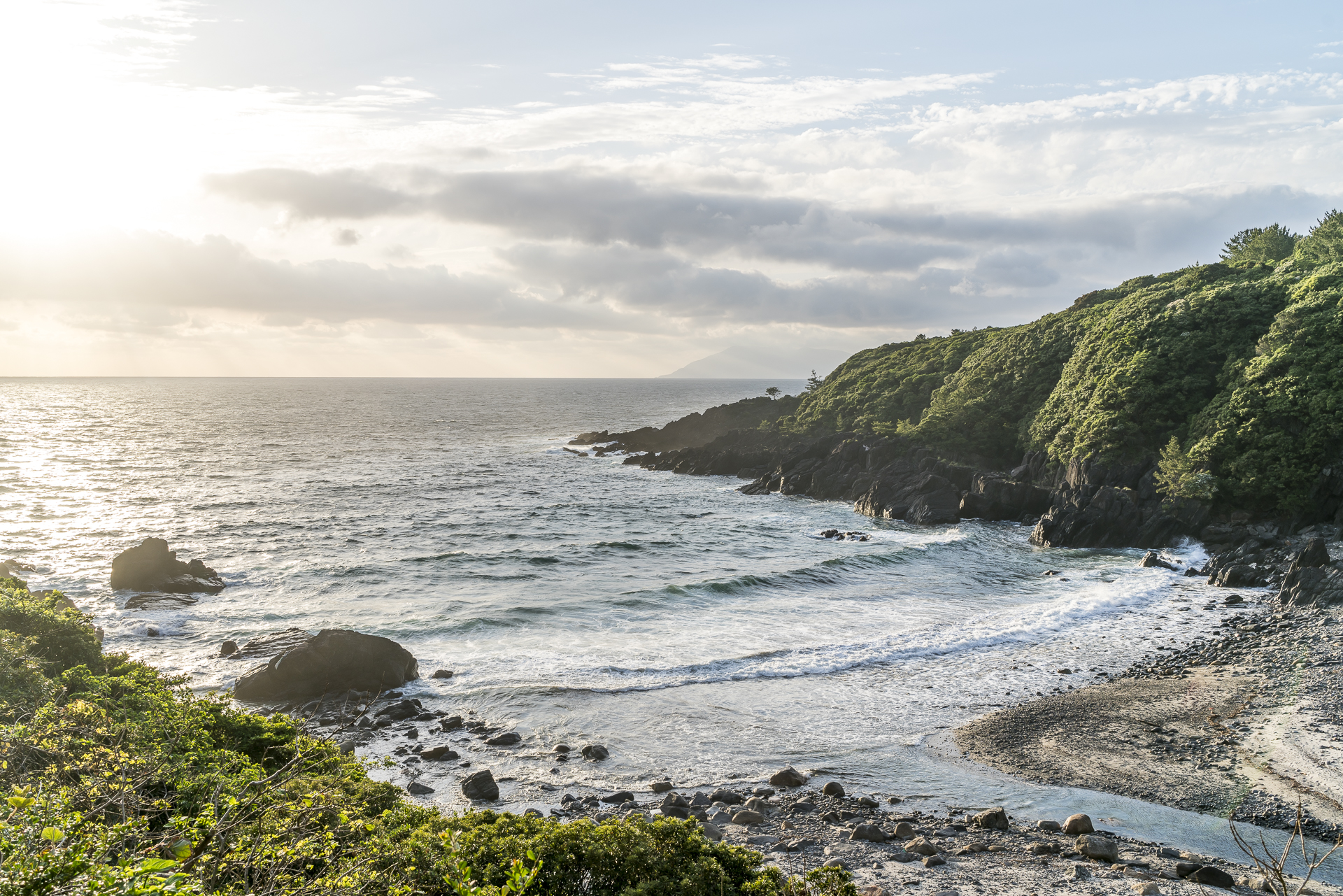
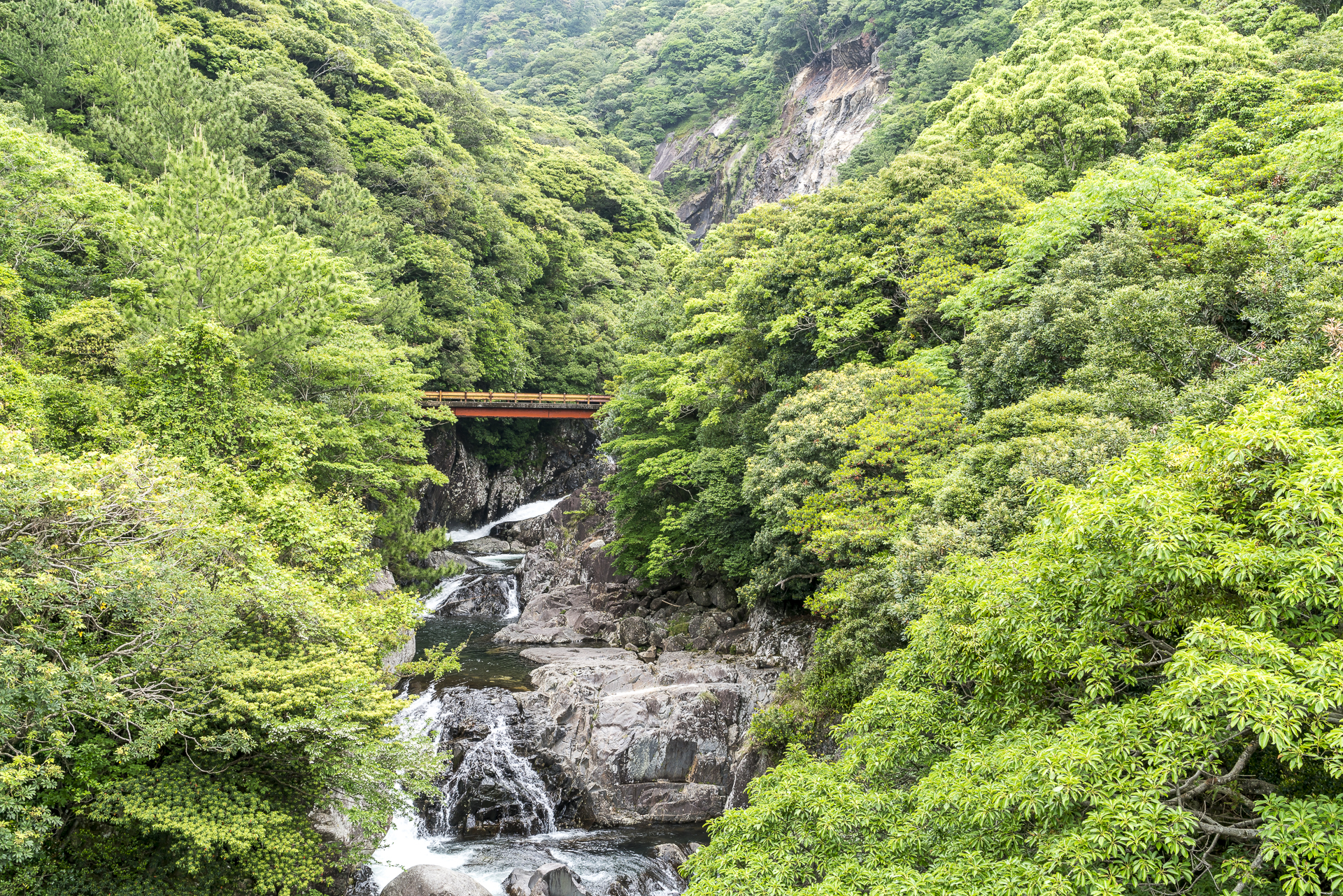
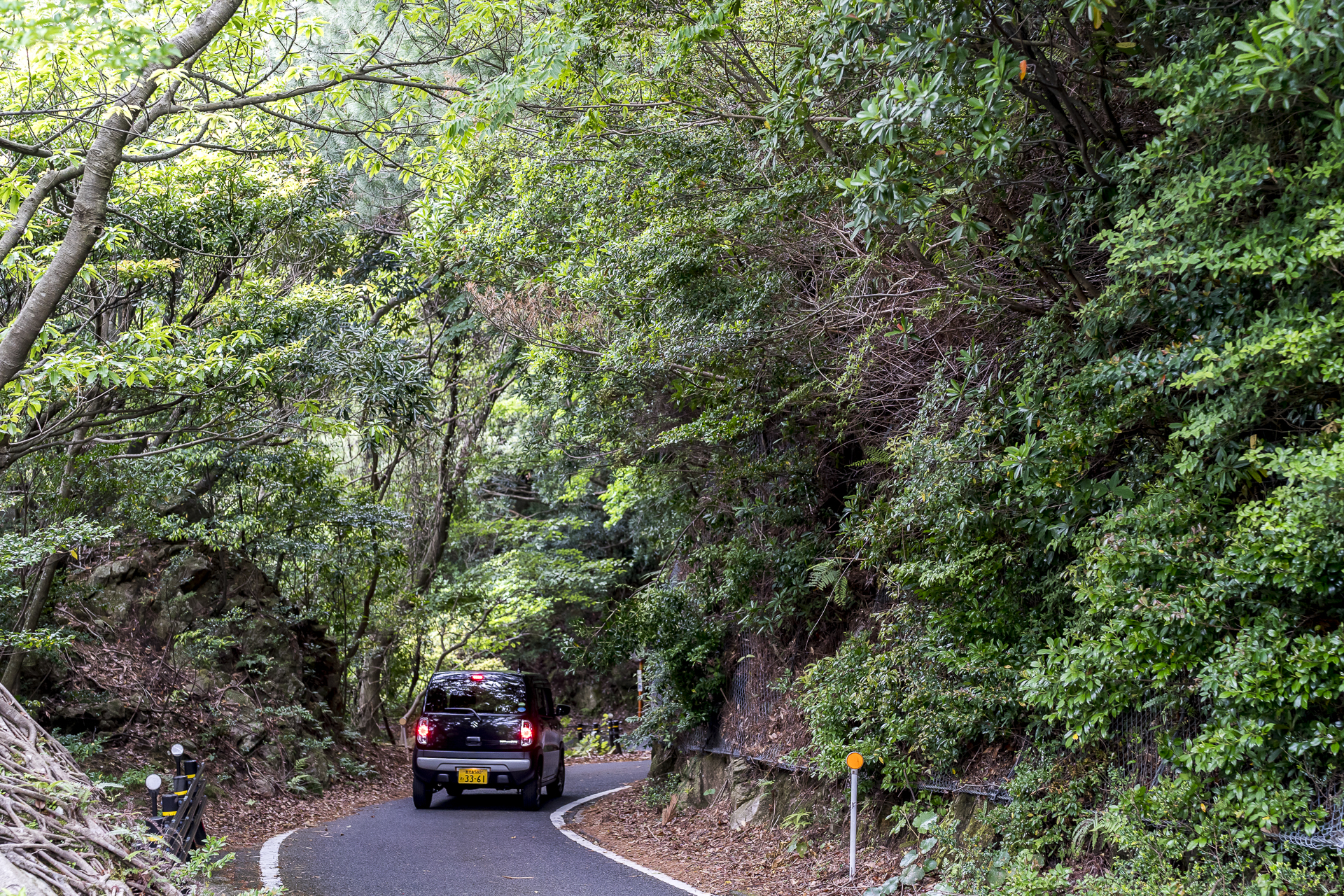
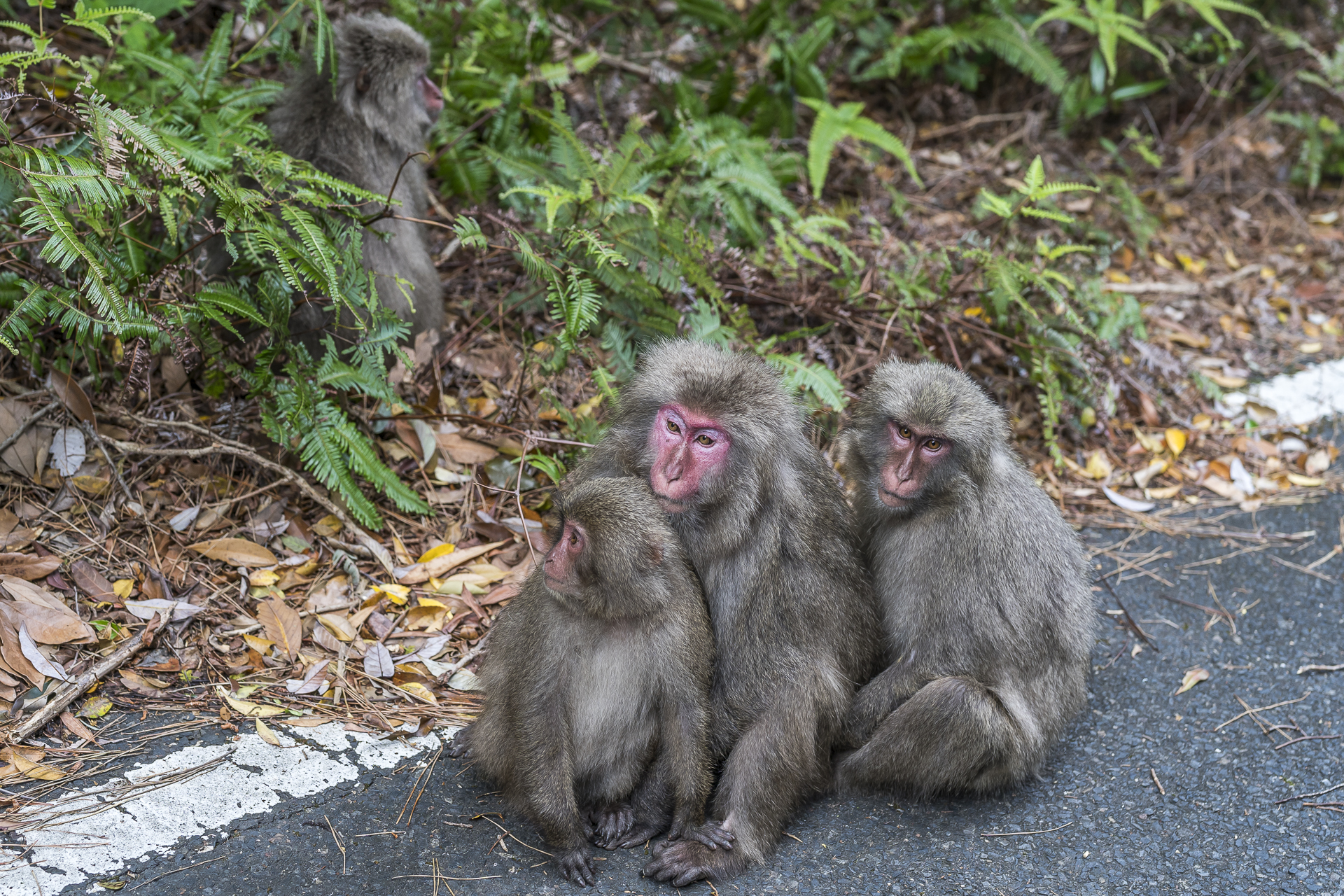
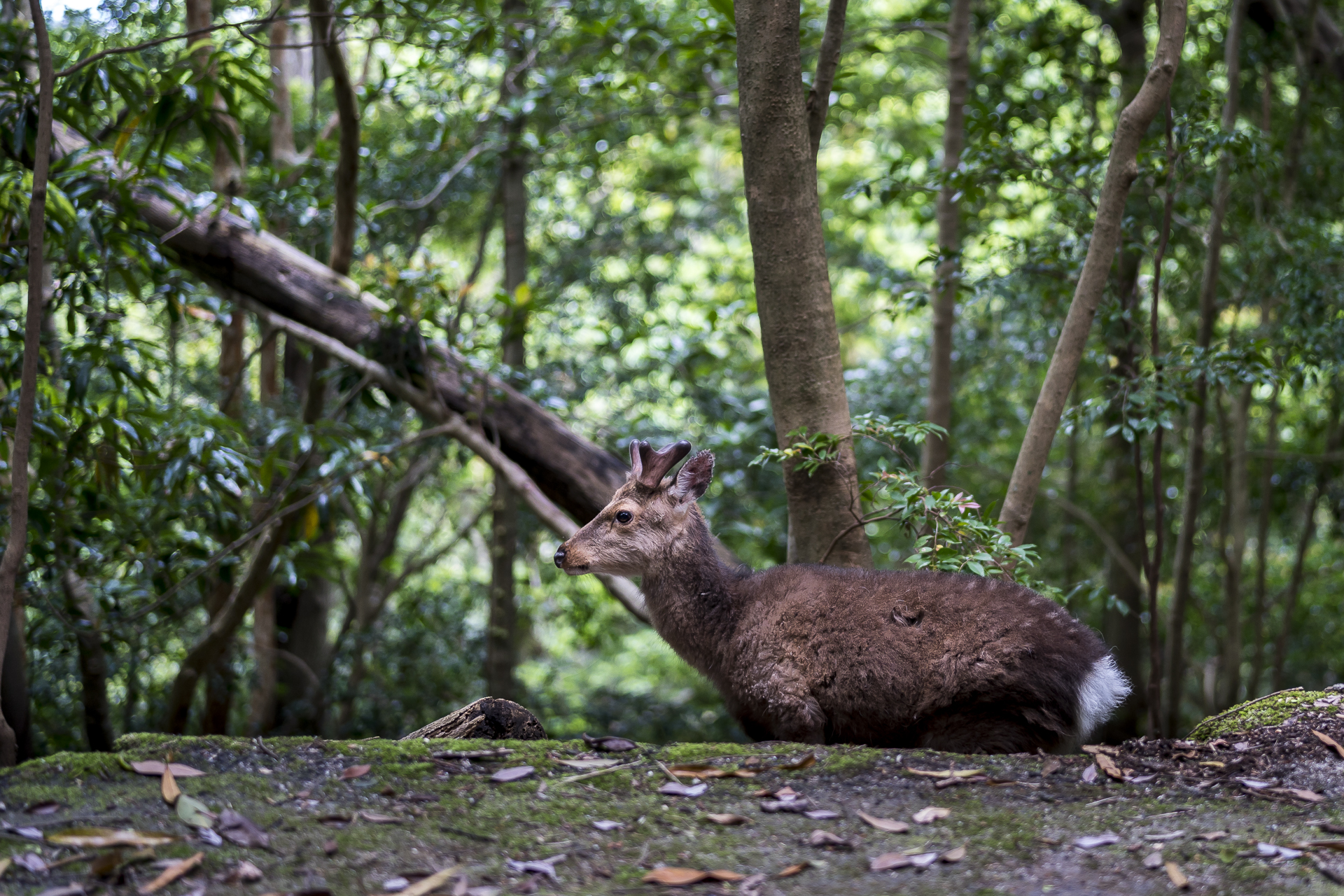
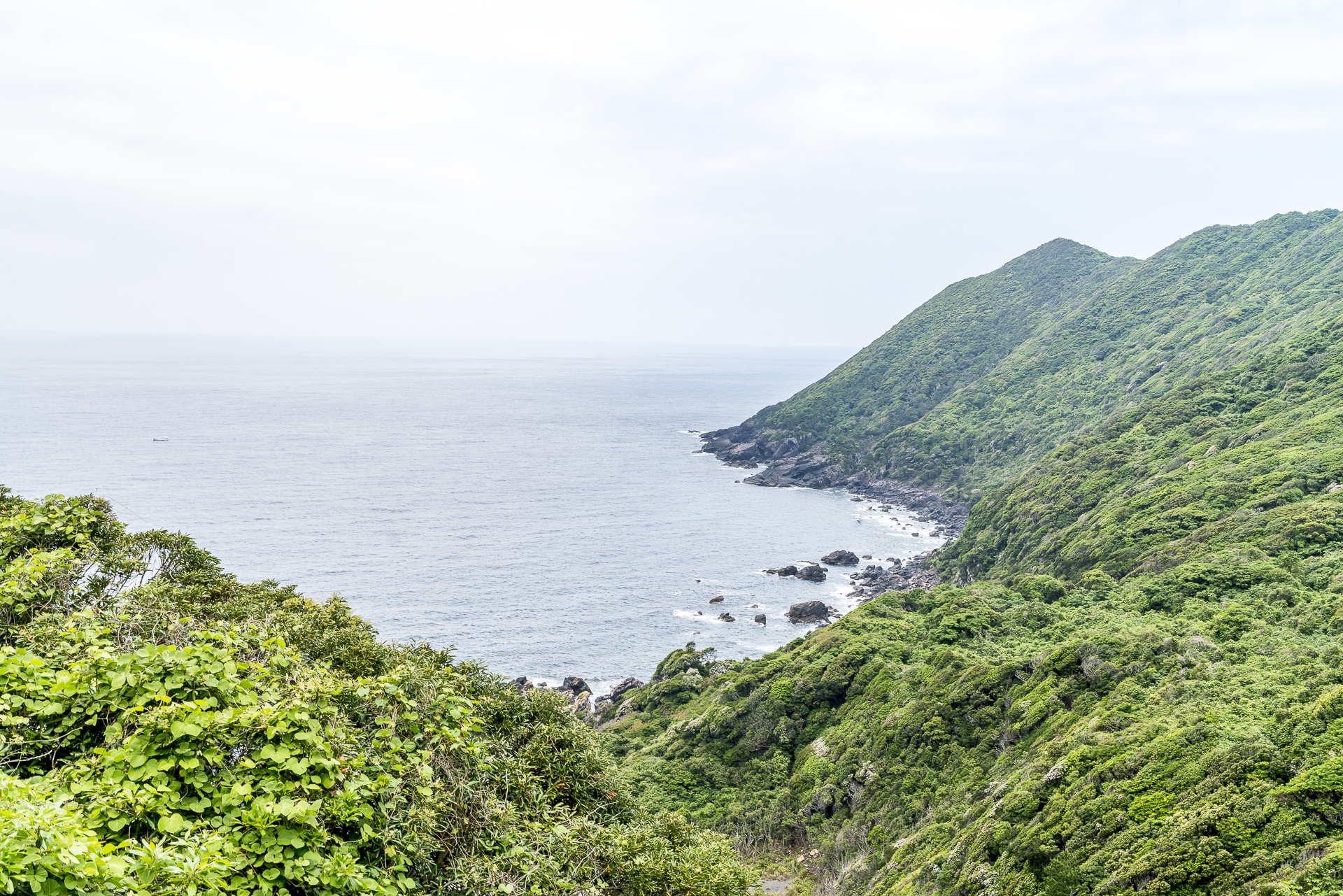

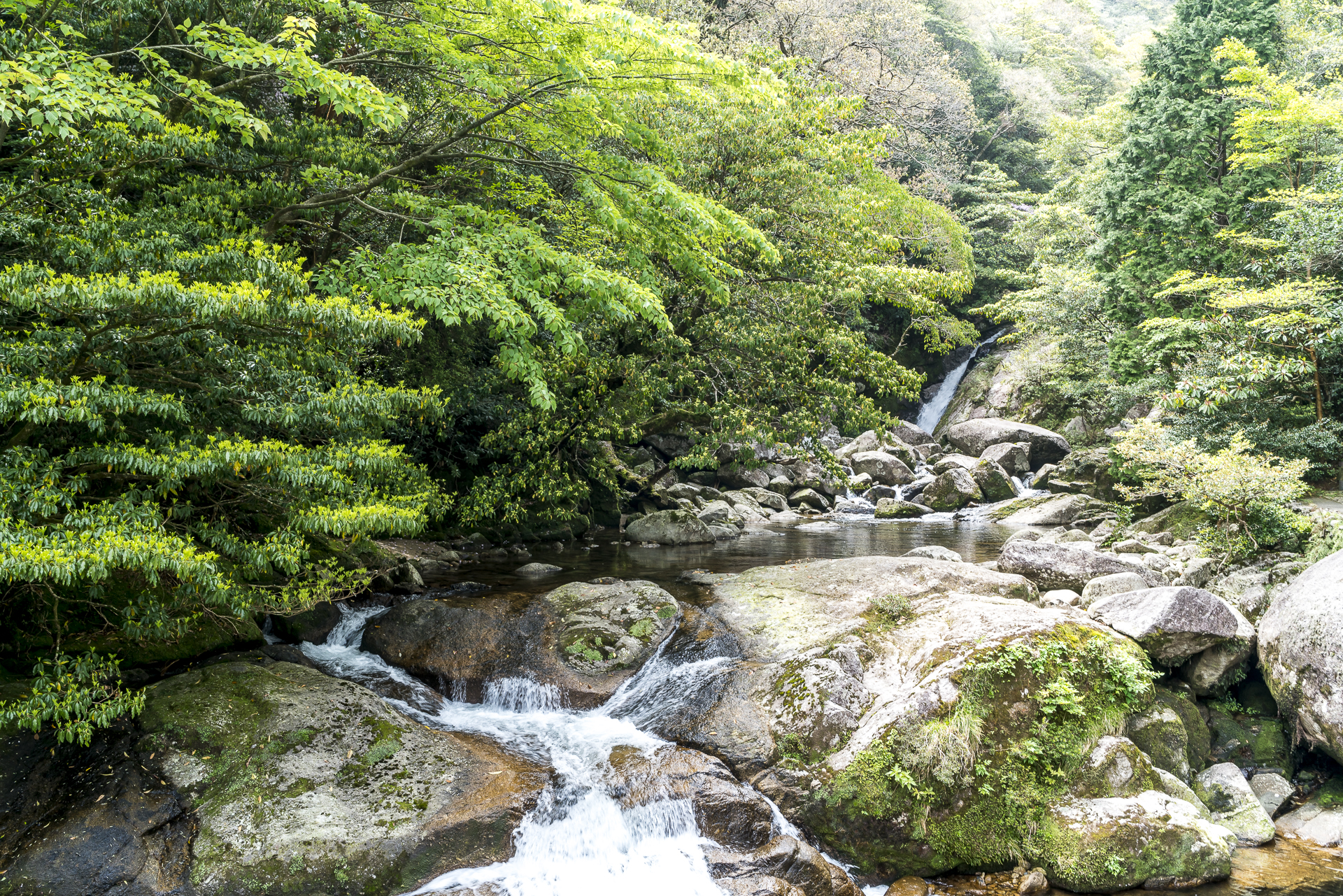
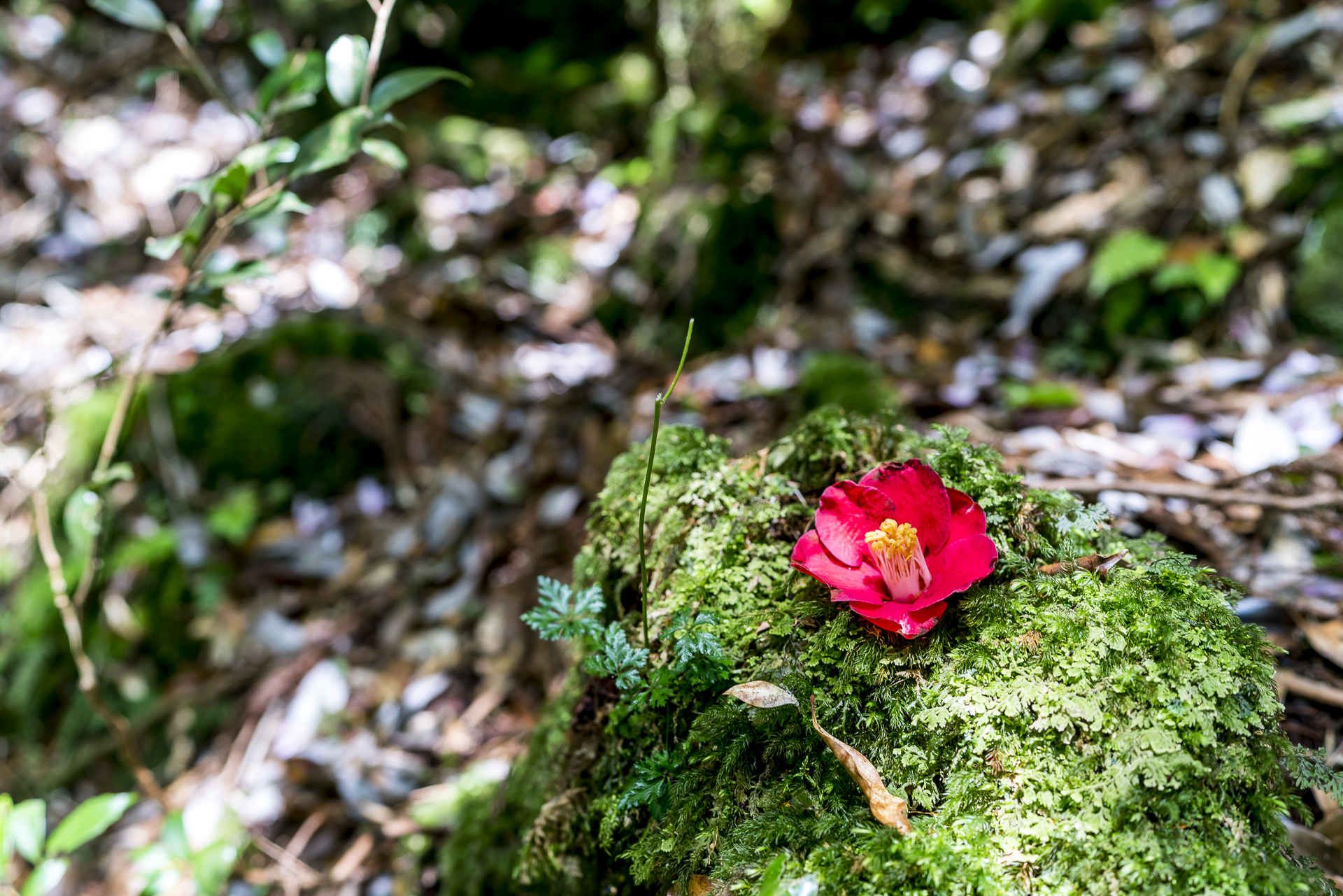
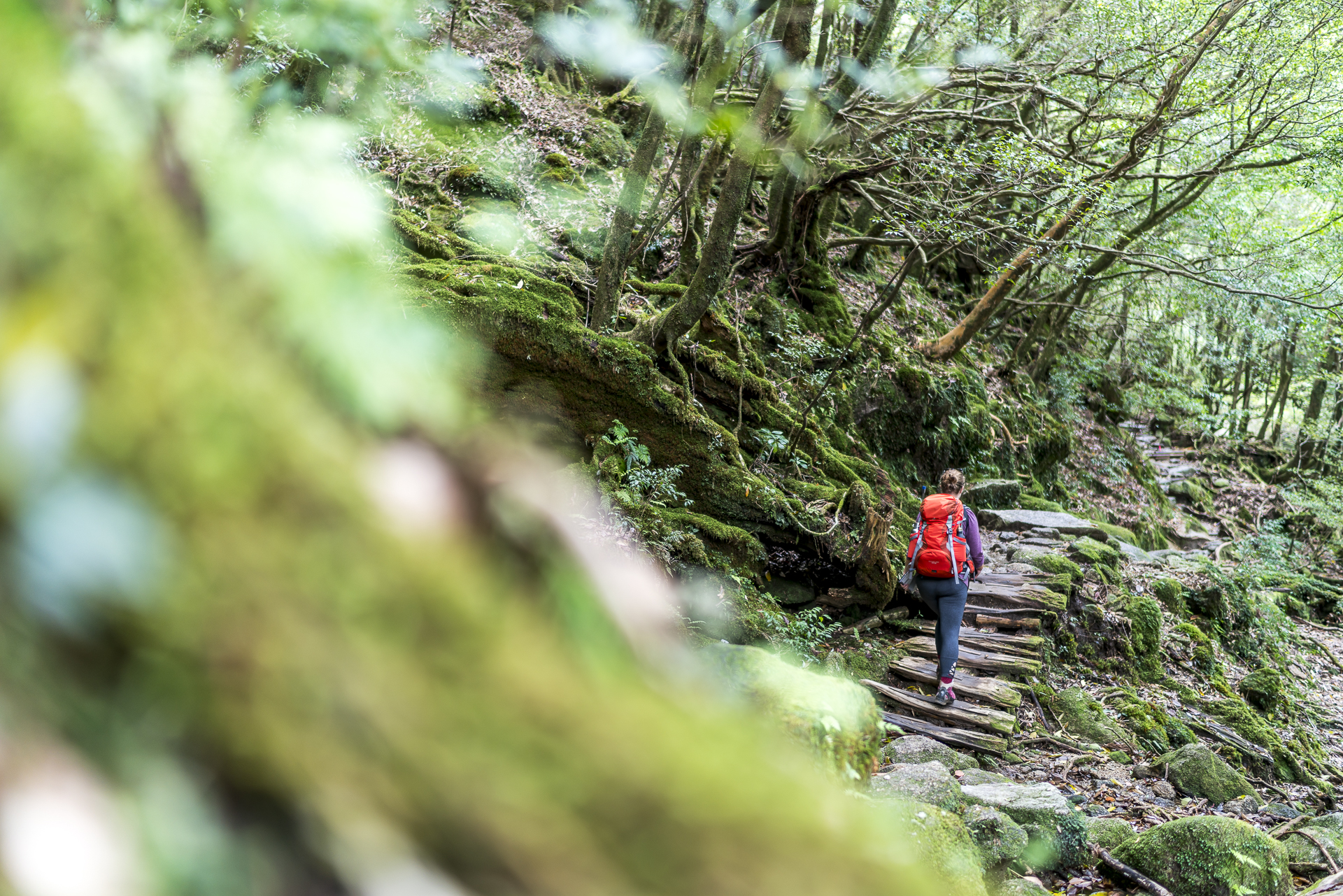
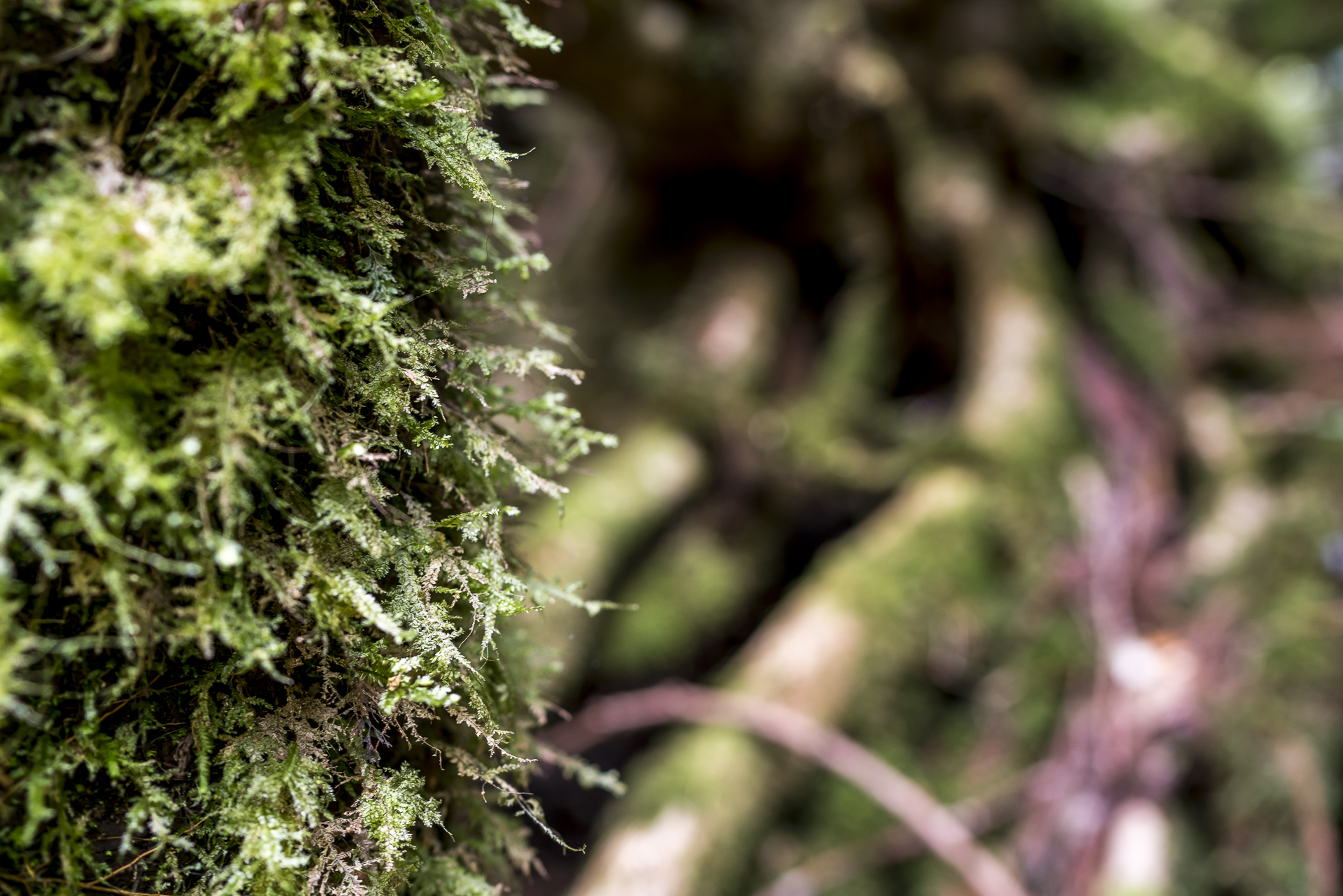
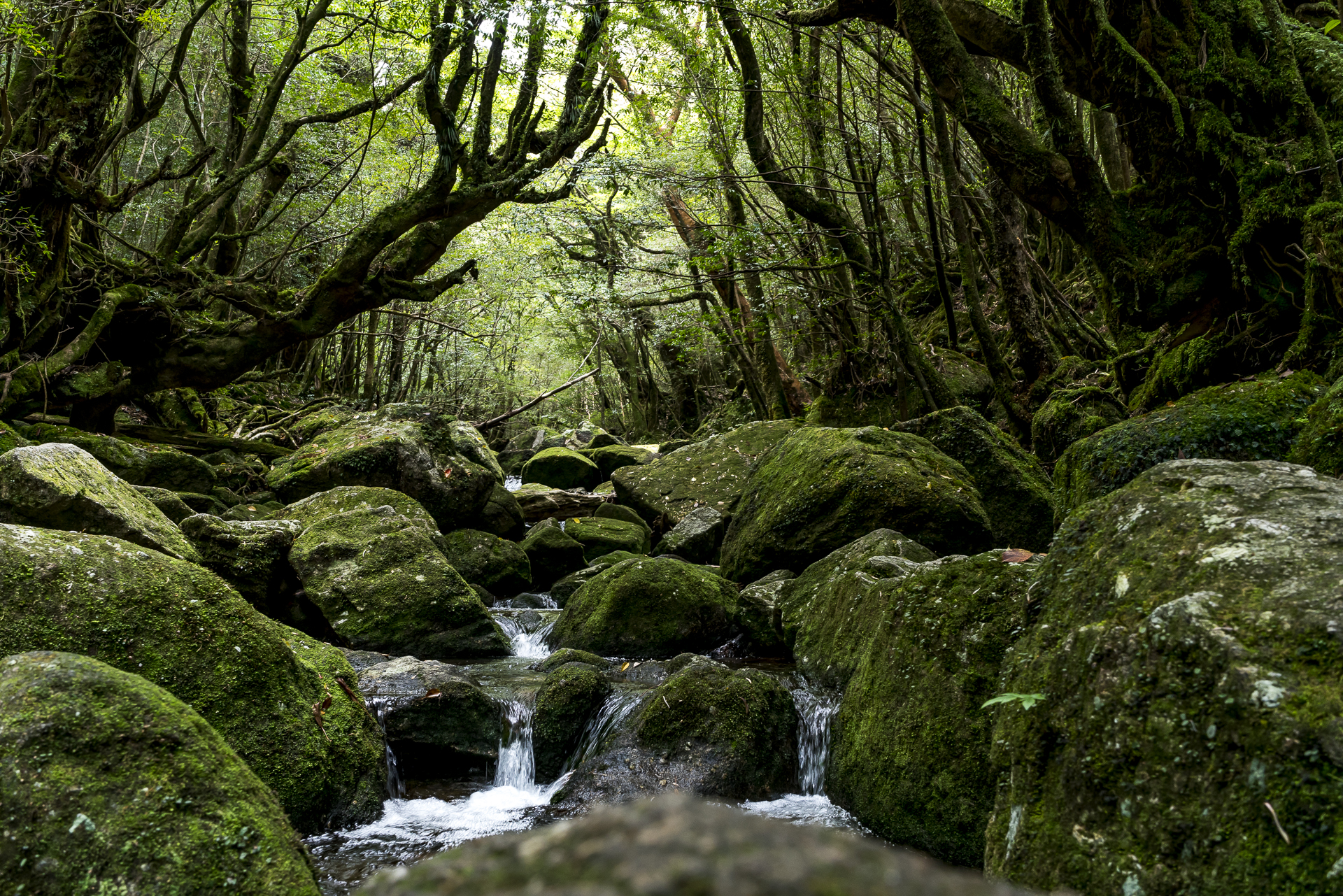
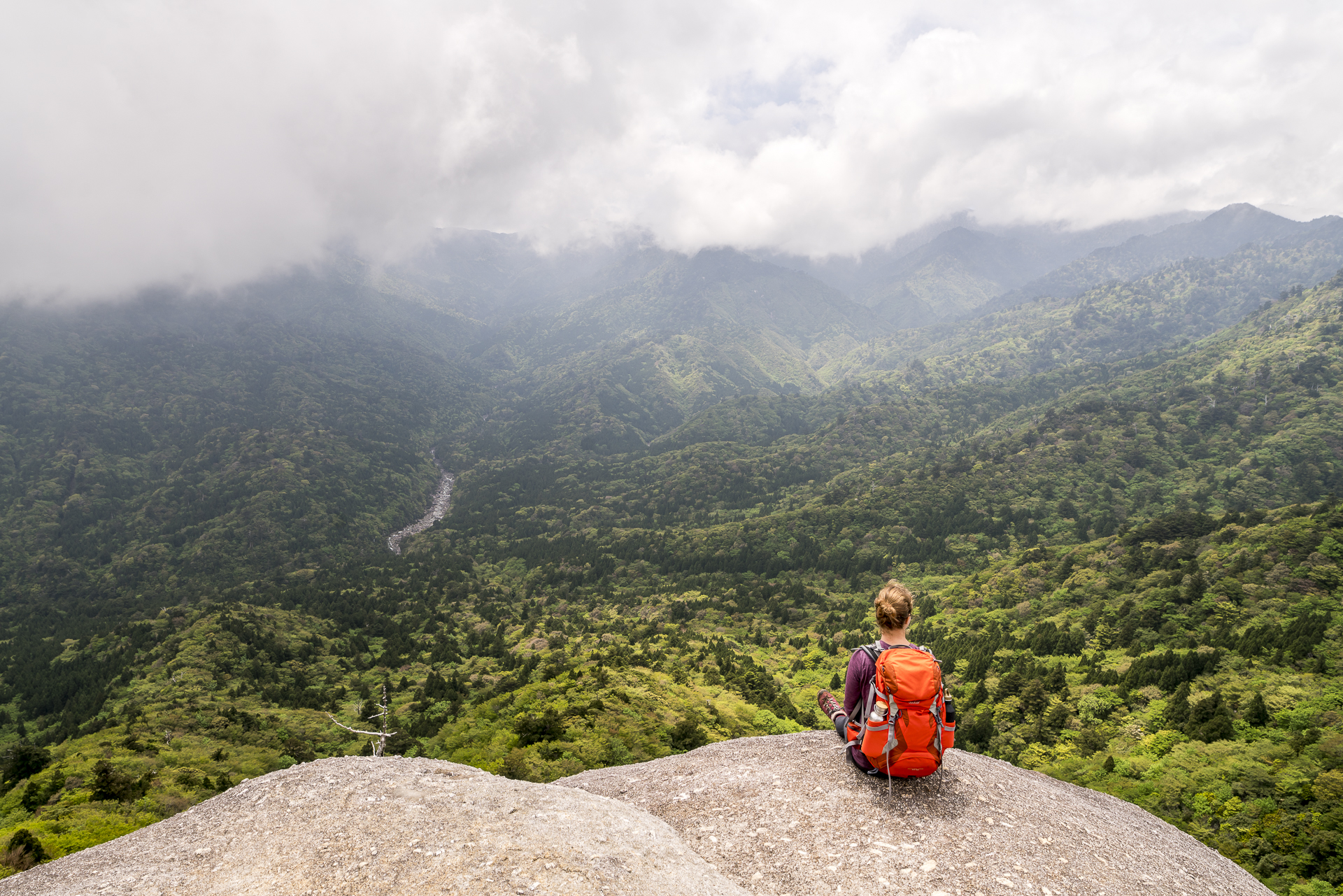

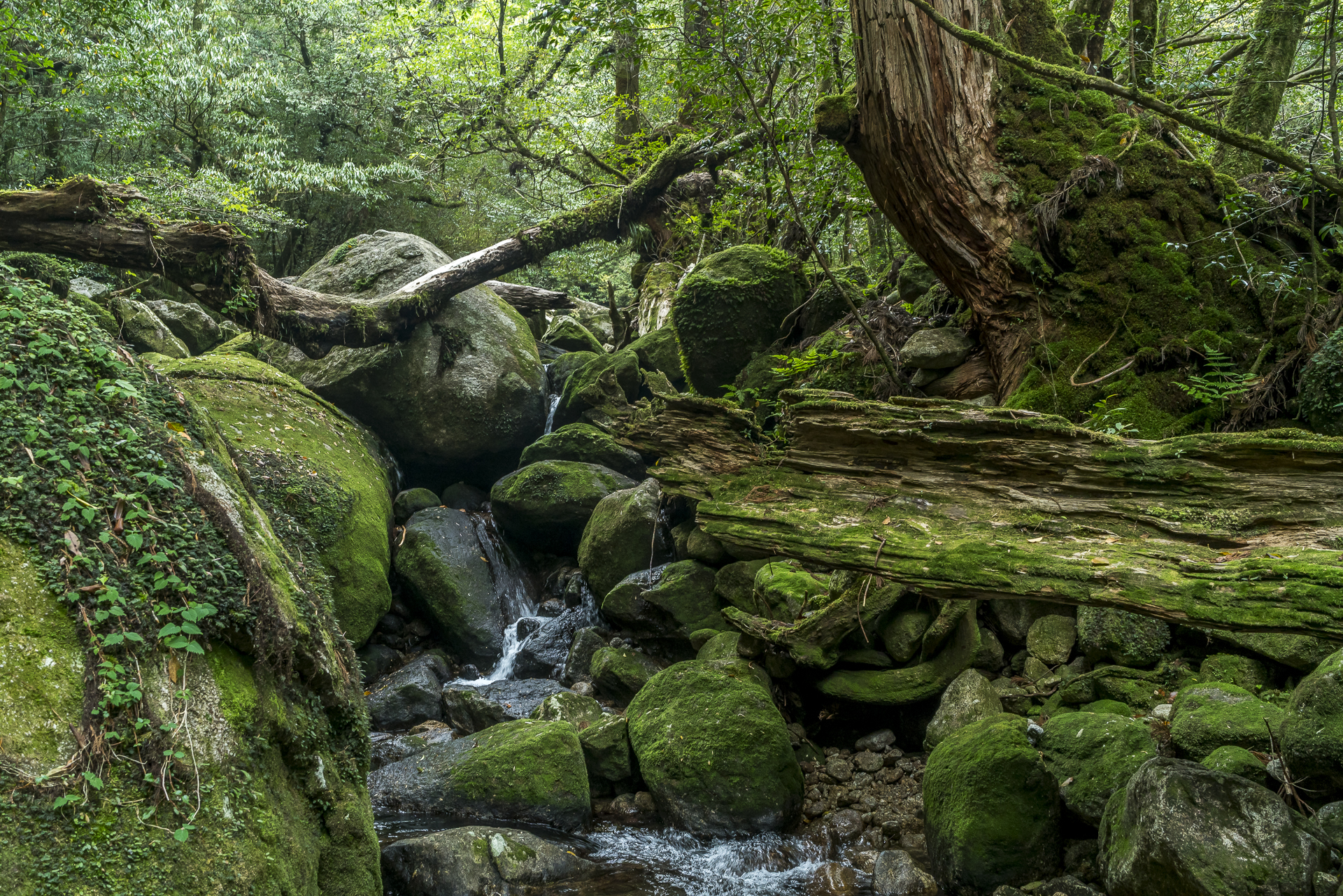

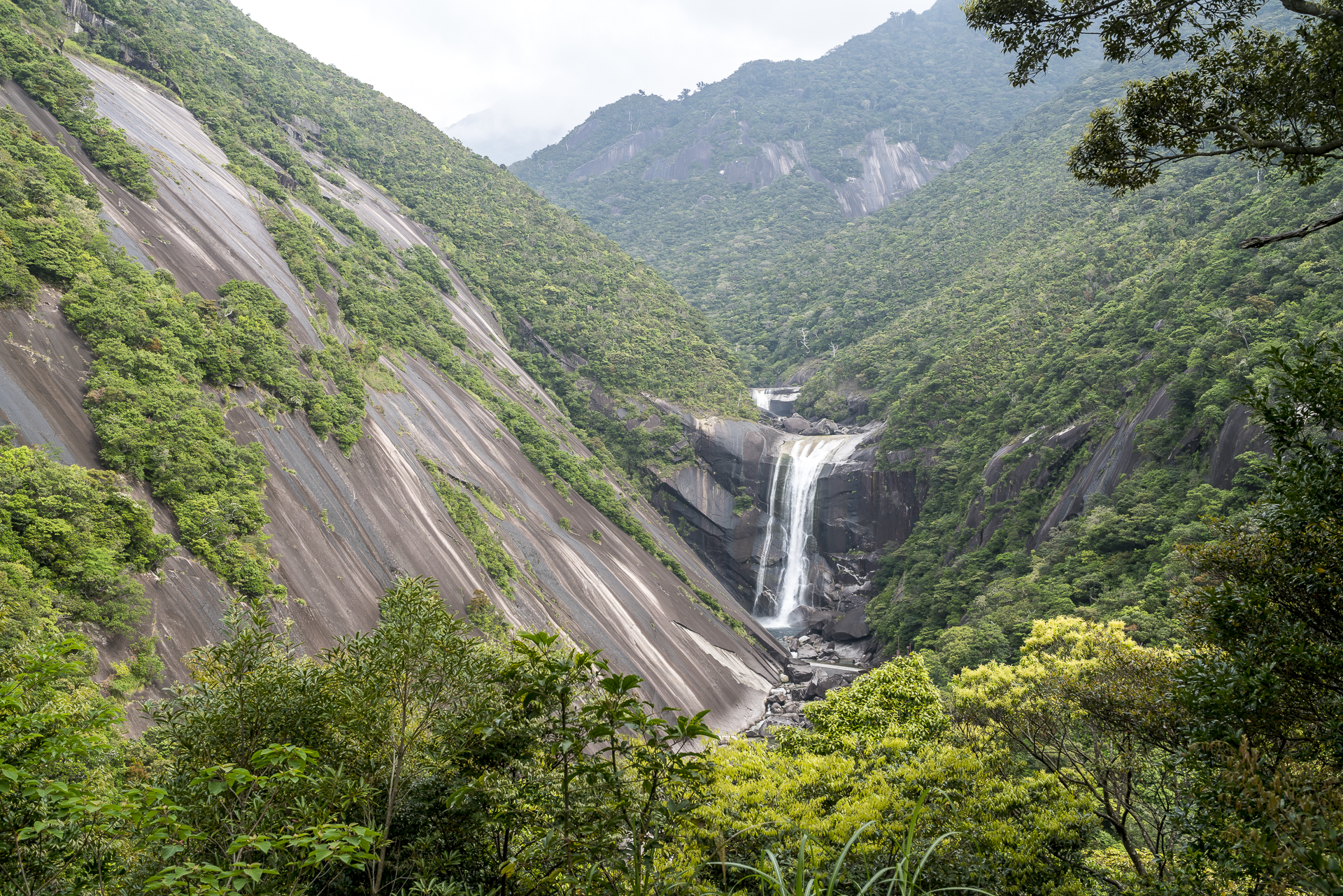
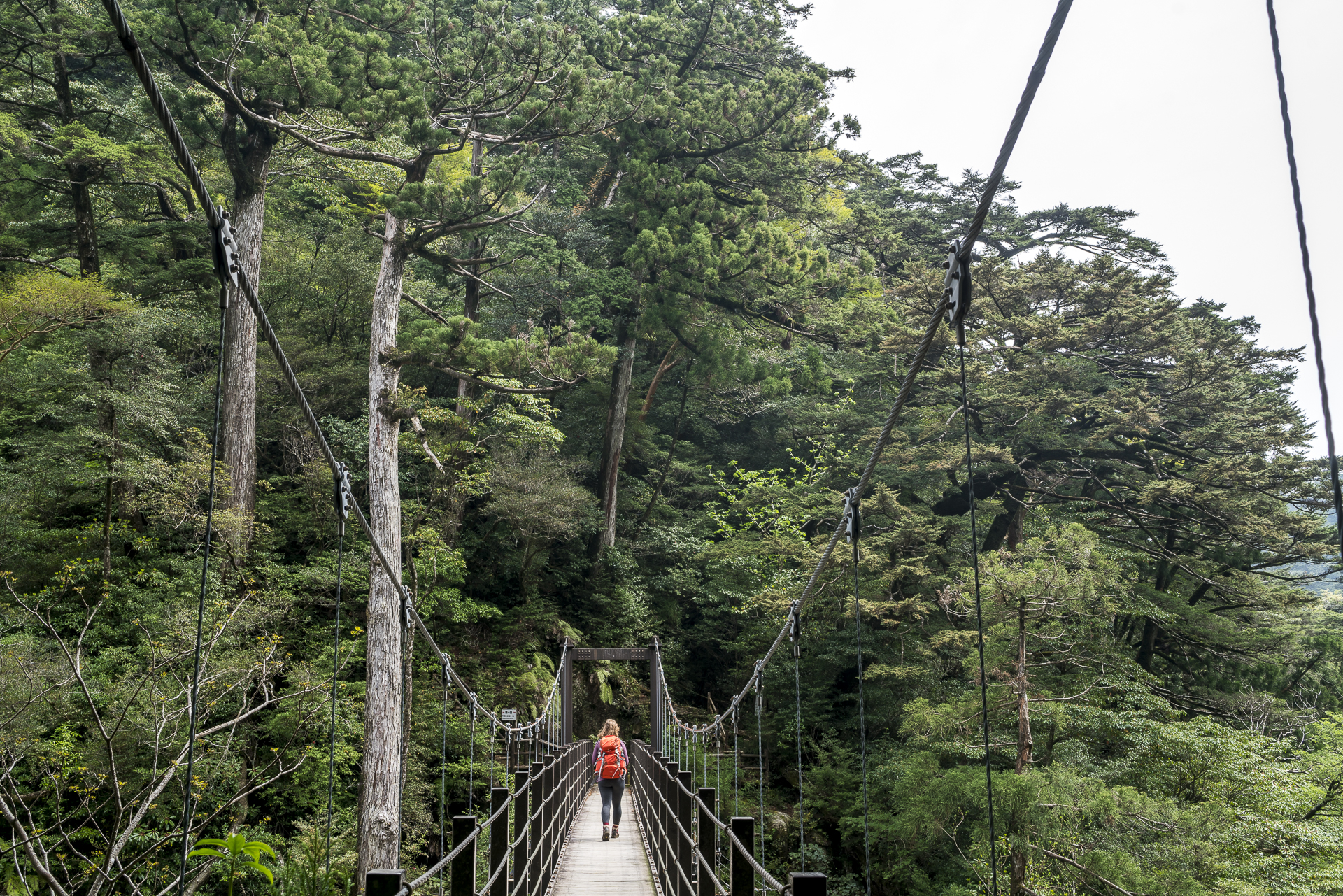
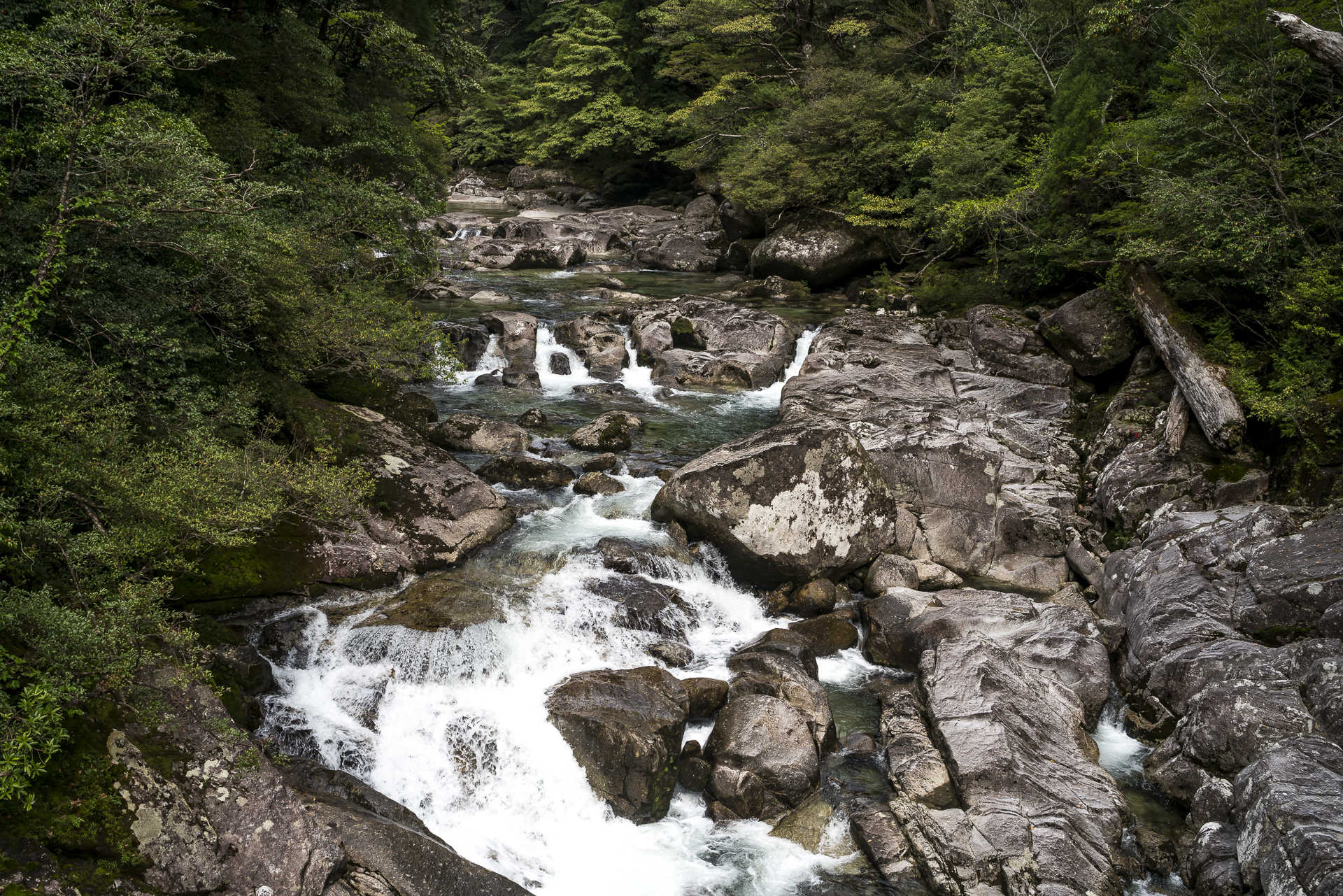
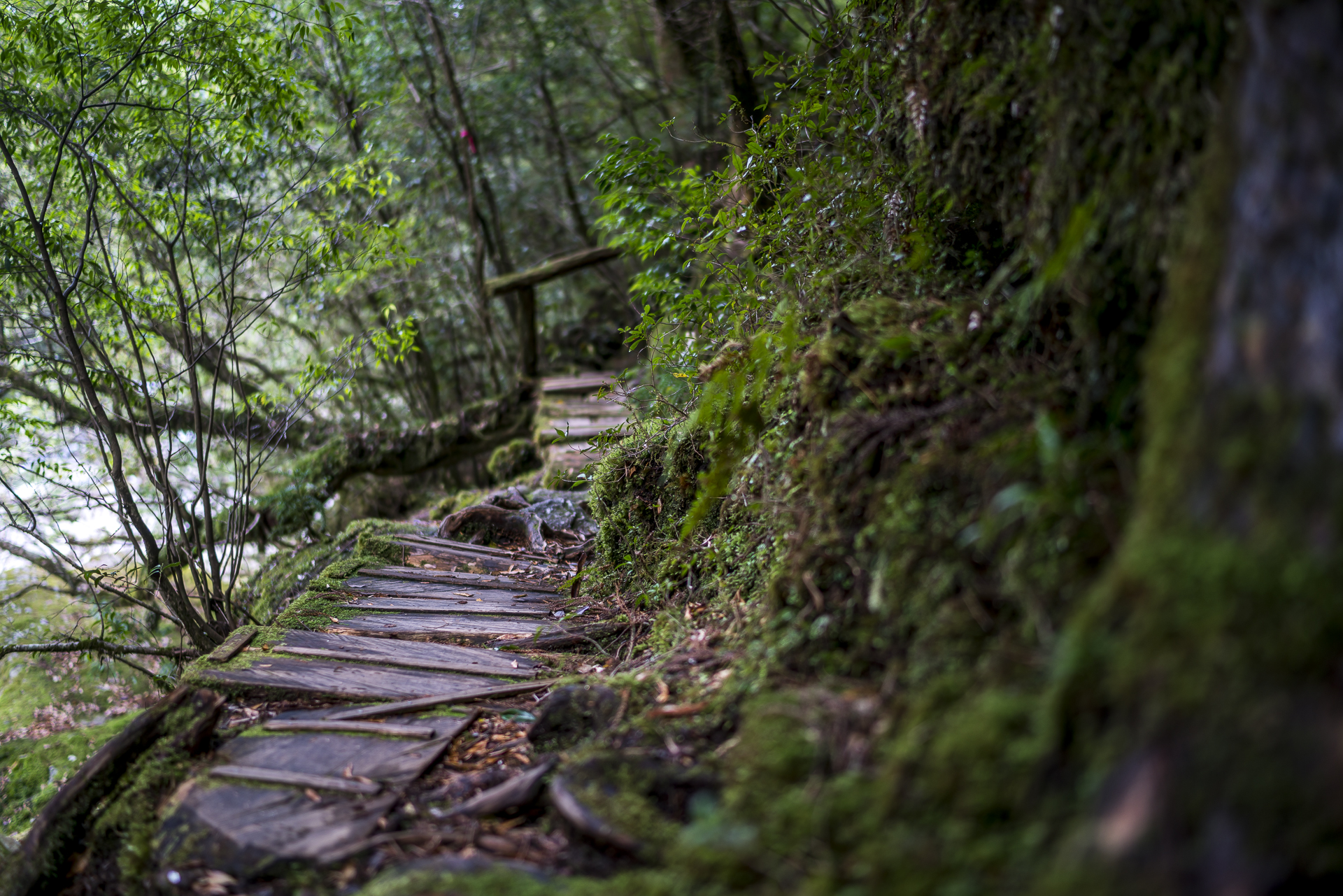

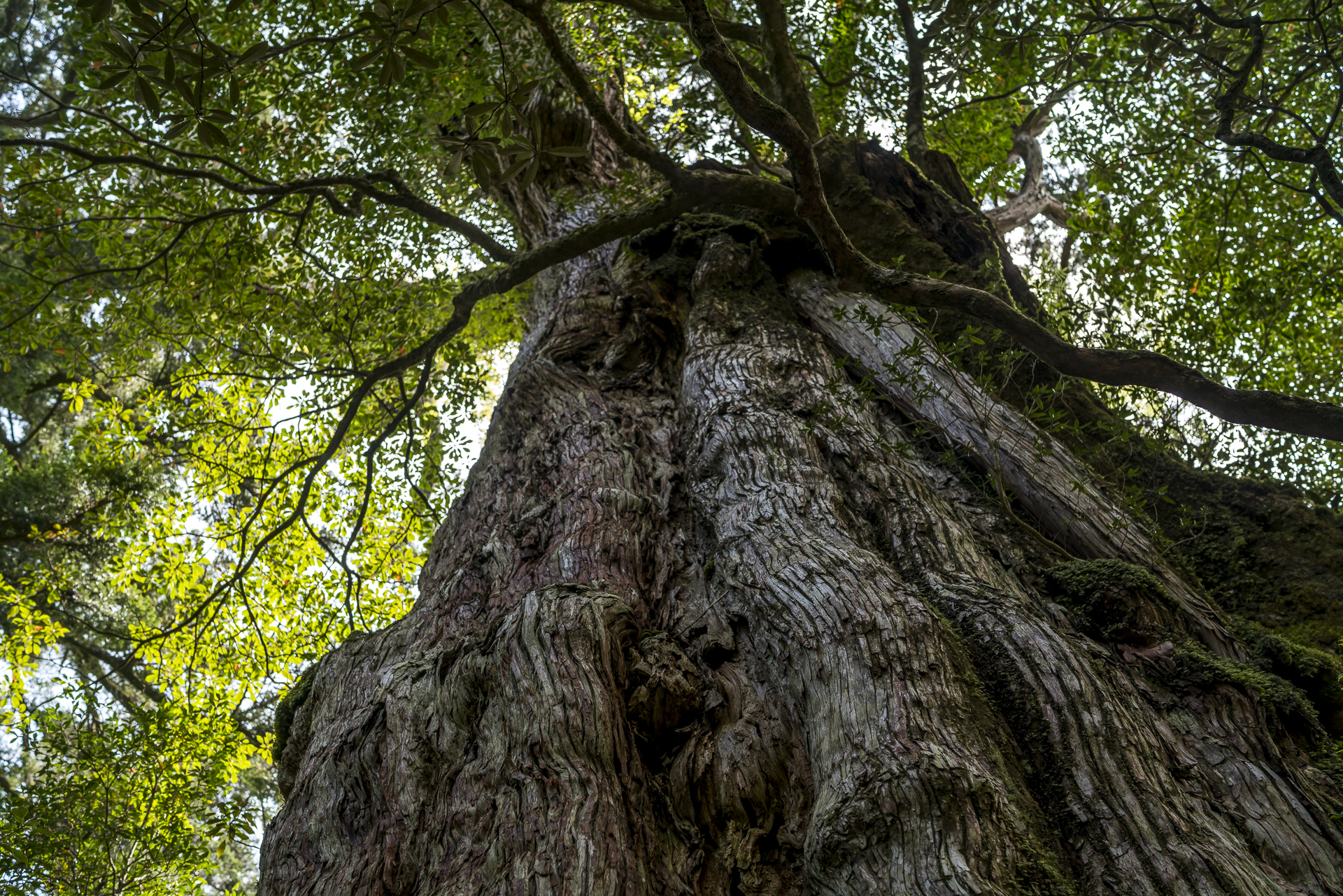
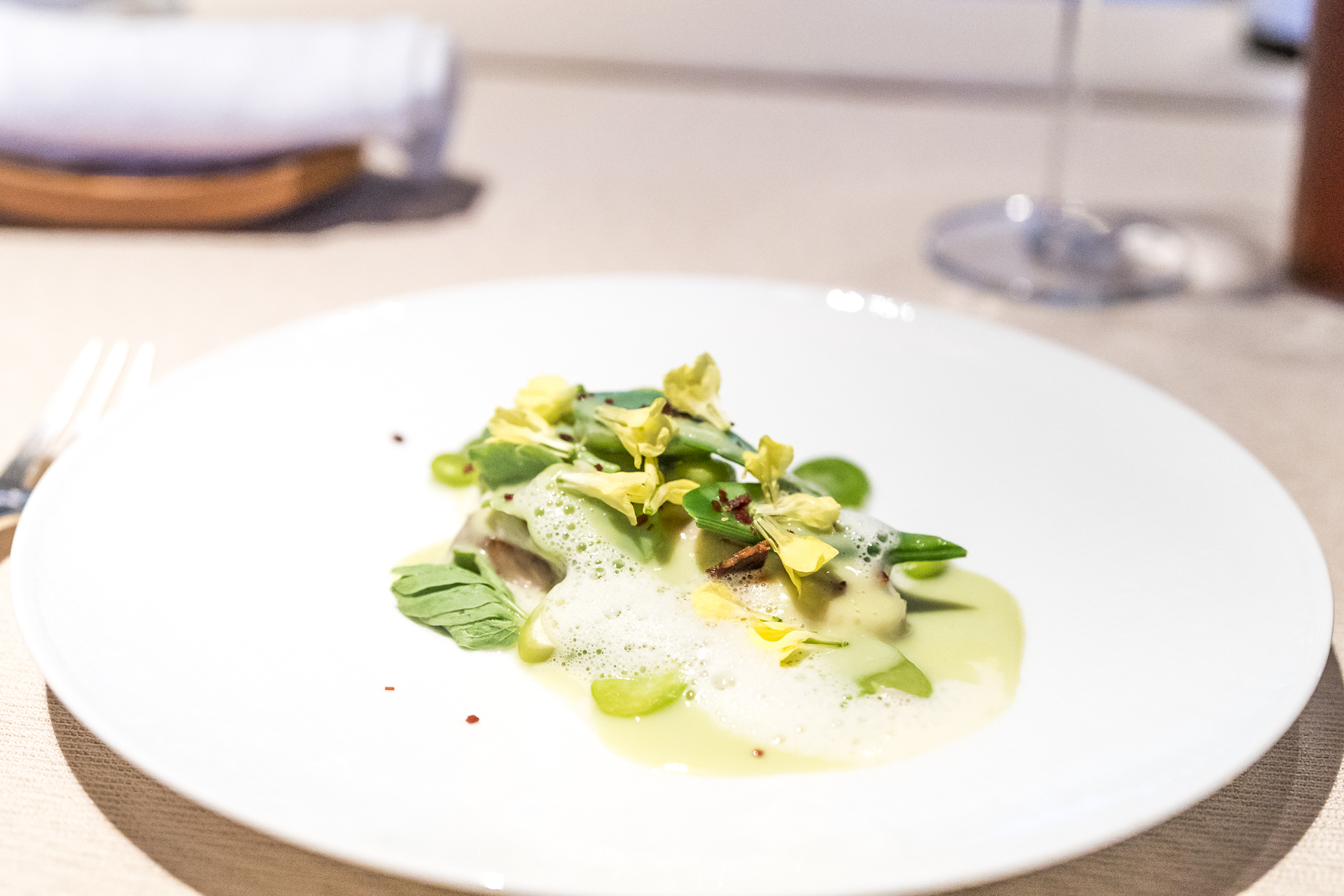
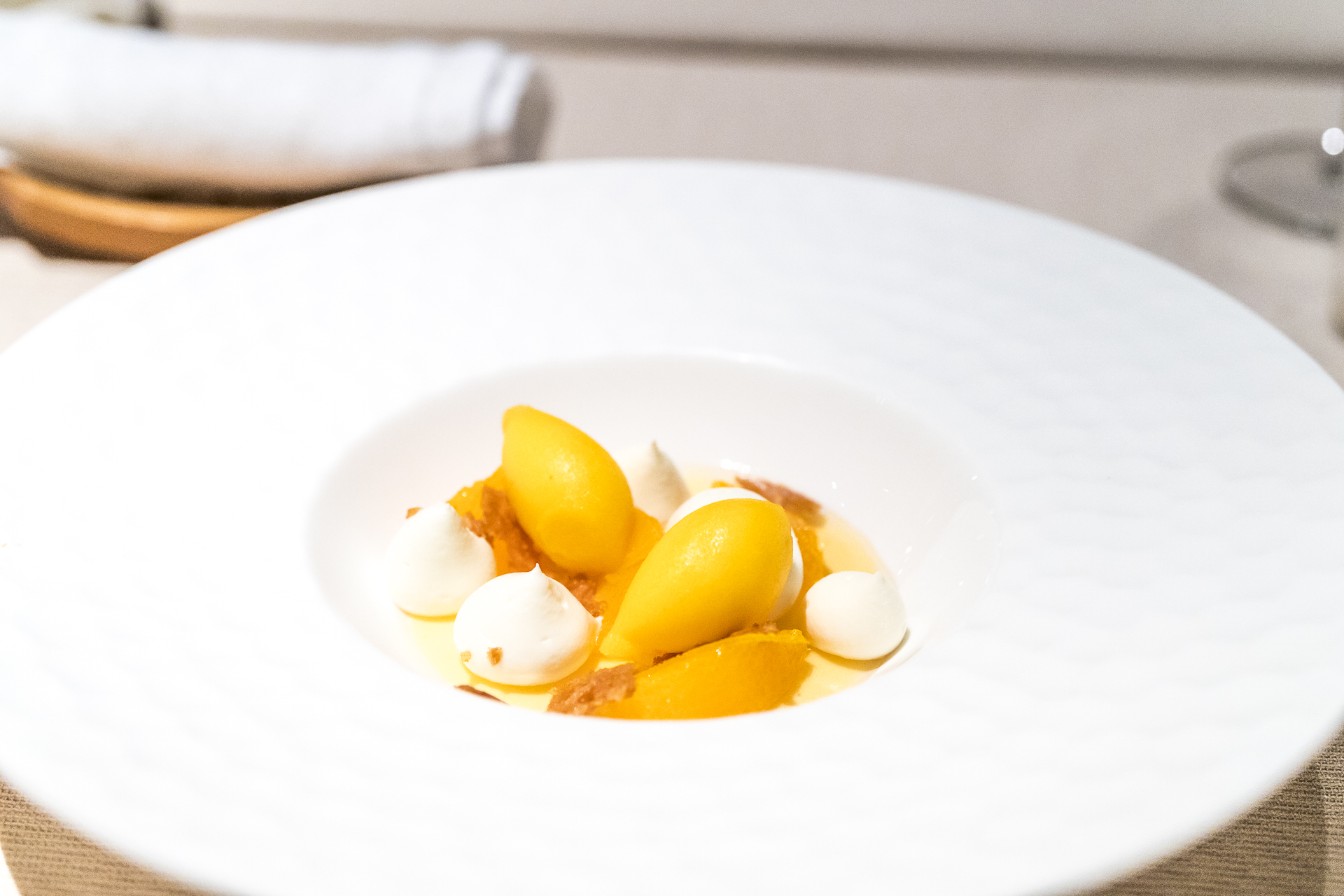
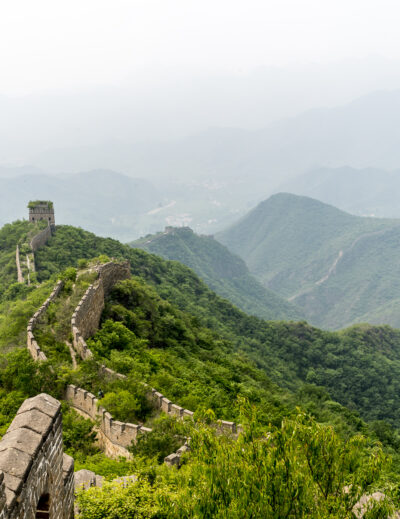
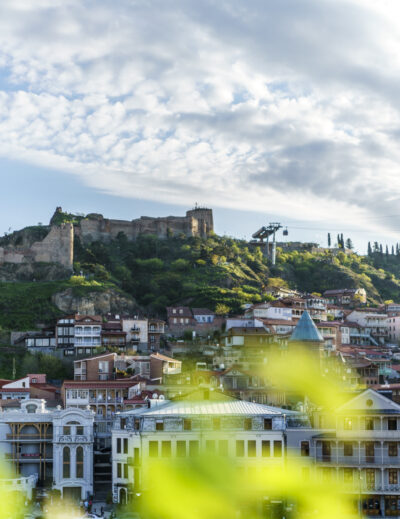
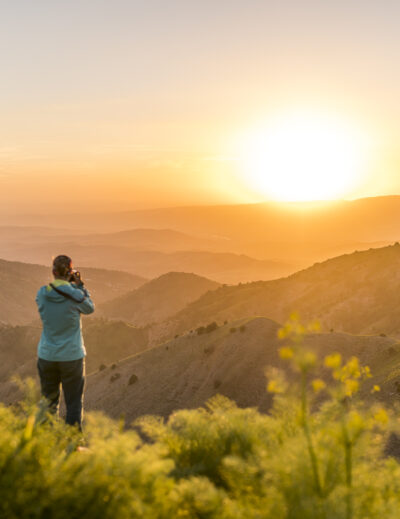
Leave a Reply